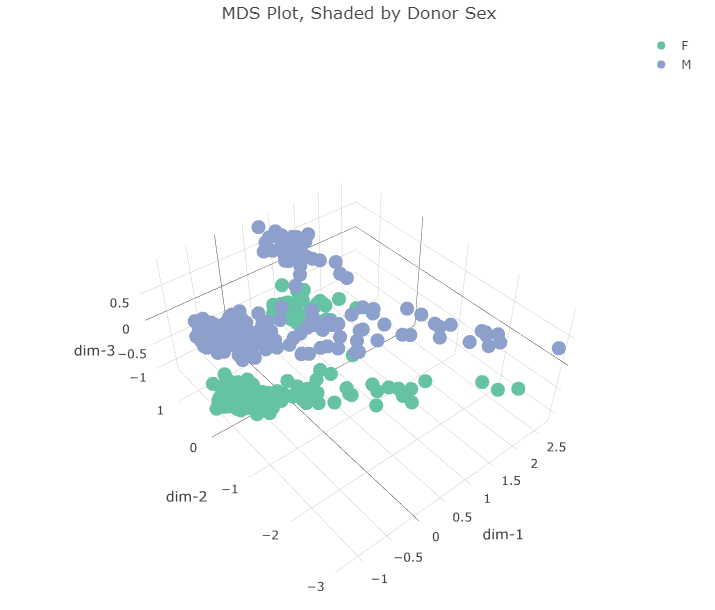

In this case, the generic representation would be something like this: // DAX

Note I assume Level 1 is the coarsest grain, and level 5 is the finest detail level. I'm not sure I understand your question, but I think you're asking "how do I always get the subtotal for in a 5-level hierarchy, regardless of which lower level is displayed?" If this isn't the case please clarify. Every visual only imparts a filter context to a measure - even table and matrix visuals, which have rows displayed, create filter contexts based on the labels on those rows. Measures only have a filter context by default. Ultimately, if you work with real data, it’s up to you which software/programming language you want to use.)Īlright, enough practice with Linux, the command line, and FSL commands! You can start the other notebook ( first_level_analysis.ipynb) now.So, in general you won't encounter row context in a measure unless you create a row context with a function like FILTER() or one of the *X() functions. Here, we made you work with fslroi to practice your command line skills, but using Python to do this is completely fine too. (You might wonder: well, why use fslroi while I could simply use Python to cut off the last two volumes? That’s a good point. T, origin = 'lower', cmap = 'gray' ) plt. figure ( figsize = ( 15, 5 )) for i in range ( func_fixed. isfile ( '' ): raise ValueError ( "Cannot find the file '' - did you name it correctly?" ) func_fixed = nib. Here, you can check if your fslroi command worked! It should show 10 volumes (vol 0-9), and the noise-volumes should be removed.''' if par_dir != 'solutions' : if not os. We’ll plot an axial slice for all 12 volumes below: Below, we loaded functional data from a very short run (only 12 volumes usually, runs are of course often much longer).

For example, you can use it to remove the upper 20 slices in the X direction or remove several volumes (i.e., slicing in the “Time” direction, the fourth dimension of functional data). This command allows you to slice your file in several dimensions. get_fdata () print ( "Well done!" ) plot_ortho_slices ( t1 ) Īlright, let’s practice your CMD skills with one more nifty (pun intended) FSL command called fslroi. get_fdata () else : # admin account t1 = nib. isfile ( 't1w_' ): raise ValueError ( "Cannot find the file 't1w_' - did you name it correctly?" ) t1 = nib. ''' if par_dir != 'solutions' : # must be student account if not os. The slices should not be upside down anymore. Here, we test whether the reorientation process worked. To list the contents of your current directory, you can simply type ls. refers to the “parent directory”).Īnother useful command is ls, which stands for “list” and lists the contents of a directory. If you call the command pwd again, you should see that your current directory updated to /home/), you use the command: cd.

Keep this tip in mind, as it will save you a lot of time when you need to execute long commands (e.g., cd /home/some/very/deeply/nested/directory/with/many/subdirectories). It won't complete your command all the way to cd week_5, because there are also other directories starting with week_ (i.e., week_1, week_2, etc.). For example, from your home directory, you can type cd w and then press the "tab" key, which will autocomplete the command to cd week_. Tip! In most terminals, you can use the tab key to "autocomplete" your commands.


 0 kommentar(er)
0 kommentar(er)
